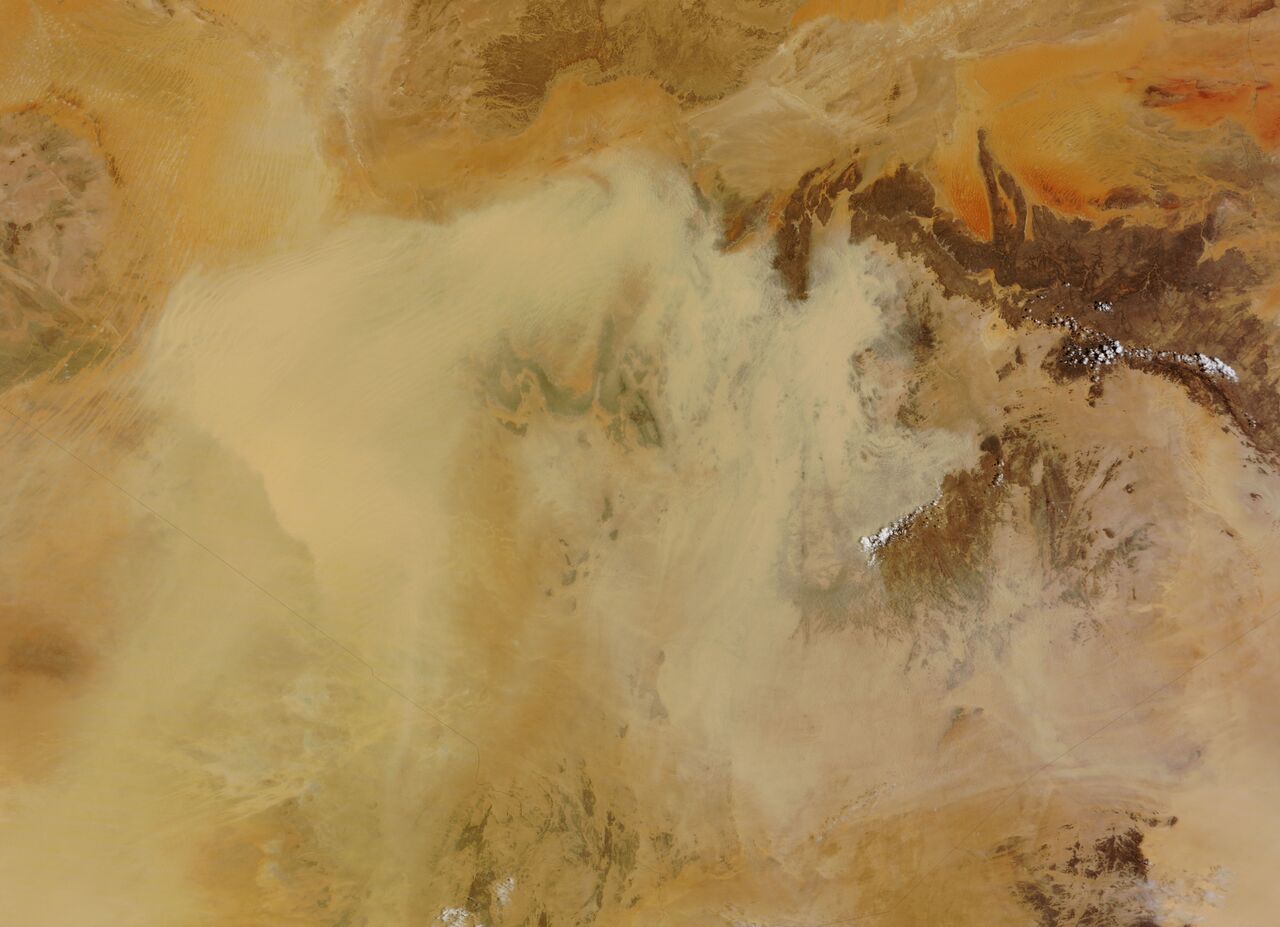Viruses-lots of them-are falling from the sky
February 6, 2018

February 6, 2018

An astonishing number of viruses are circulating around the Earth’s atmosphere – and falling from it – according to new research from scientists in Canada, Spain and the U.S.
The study marks the first time scientists have quantified the viruses being swept up from the Earth’s surface into the free troposphere, that layer of atmosphere beyond Earth’s weather systems but below the stratosphere where jet airplanes fly. The viruses can be carried thousands of kilometres there before being deposited back onto the Earth’s surface.
“Every day, more than 800 million viruses are deposited per square metre above the planetary boundary layer—that’s 25 viruses for each person in Canada,” said University of British Columbia virologist Curtis Suttle, one of the senior authors of a paper in the International Society for Microbial Ecology Journal that outlines the findings.
The findings may explain why genetically identical viruses are often found in very different environments around the globe.
“Roughly 20 years ago we began finding genetically similar viruses occurring in very different environments around the globe,” says Suttle. “This preponderance of long-residence viruses travelling the atmosphere likely explains why—it’s quite conceivable to have a virus swept up into the atmosphere on one continent and deposited on another.”
Bacteria and viruses are swept up in the atmosphere in small particles from soil-dust and sea spray.
Suttle and colleagues at the University of Granada and San Diego State University wanted to know how much of that material is carried up above the atmospheric boundary layer above 2,500 to 3,000 metres. At that altitude, particles are subject to long-range transport unlike particles lower in the atmosphere.
Using platform sites high in Spain’s Sierra Nevada Mountains, the researchers found billions of viruses and tens of millions of bacteria are being deposited per square metre per day. The deposition rates for viruses were nine to 461 times greater than the rates for bacteria.
“Bacteria and viruses are typically deposited back to Earth via rain events and Saharan dust intrusions. However, the rain was less efficient removing viruses from the atmosphere,” said author and microbial ecologist Isabel Reche from the University of Granada.
The researchers also found the majority of the viruses carried signatures indicating they had been swept up into the air from sea spray. The viruses tend to hitch rides on smaller, lighter, organic particles suspended in air and gas, meaning they can stay aloft in the atmosphere longer.
We honour xwməθkwəy̓ əm (Musqueam) on whose ancestral, unceded territory UBC Vancouver is situated. UBC Science is committed to building meaningful relationships with Indigenous peoples so we can advance Reconciliation and ensure traditional ways of knowing enrich our teaching and research.
Learn more: Musqueam First Nation